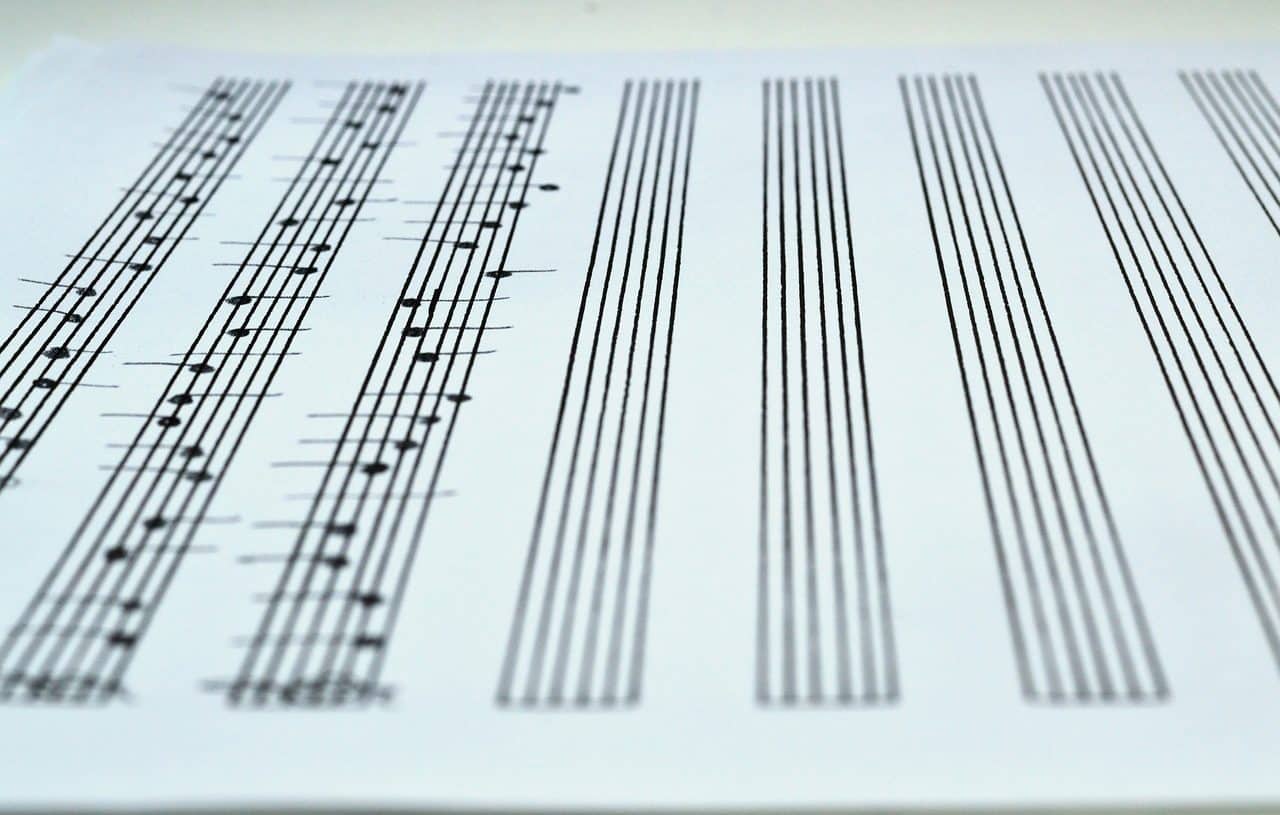
Every orchestra conductor uses a general score to guide and organize the musicians, while each instrumentalist has in front of his eyes the part corresponding to the instrument he has to play or execute.
Score is a concept of relevance and artistic application since it identifies the text corresponding to a piece of music. This material, which can be printed or handwritten on paper or available in digital format, is governed by a particular language that indicates how the composition should be interpreted depending on the instruments involved.
In order to be able to accurately understand and respect the indications that each composer expresses in each score, it is essential to previously learn about musical notation and have notions about the duration, frequency and other features of musical notes or figures .
Fortunately, there is an abundance of information on the types of scores , the characteristics of each variety and the technological tools at the service of the creation, interpretation and analysis of these graphic representations that give the guidelines of a composition . For this reason, below we will share useful data in this regard and highlight, as an introduction to the topic, that in the modern era there are free programs that make the process of musical creation and notation simpler and more agile.
Components of a score
There are a series of fundamental elements that make up any score and that need to be known from the first moment.
One of them is the staff , that is, the support (or lines) where musical writing is organized. It consists of five equidistant lines (separated from each other by identical spaces) whose arrangement is horizontal and parallel in orientation.
Every musical sign and note that the composer considers appears in it. The musical key , for its part, appears at the beginning of the staff to account for the pitch chosen for the work in question. Examples of it are both the treble clef (generally intended to symbolize high sounds) and the bass clef (reserved for low sounds).
The staff also includes signs that indicate the pause or silence (and how long that should extend) that must be made as the piece of music progresses. The intention of this resource is to mark a separation of the parts that nourish the composition and allow the performer or singer to breathe or rest.

The key signature, placed at the beginning of the staff and after the clef, serves to account for the specific tonality of a specific musical phrase.
To modify the pitch or intonation , finally, it is required to know what, how and what the alterations are. Although the most frequent are the becuadro , the flat and the sharp , throughout history representations such as the double sharp and the flat and a half have also been accepted.
Nor should we overlook the sign known as a ligature , which, depending on where it is located, its duration and what kind of notes it covers, can be considered a sign of musical phrasing , a sign of articulation or a sign of prolongation .
Expression and dynamics
The rhythmic structure of a composition is marked in the score by means of the beat . As detailed in the dictionary of the Royal Spanish Academy (RAE) , in the musical field this word has multiple meanings. It identifies, on the one hand, the sign that stipulates the partial or total rhythm of each work and the levels of value that arise between sounds. It is, in the same way, the space of the staves where the notes that correspond to a measure are placed, limited on the respective sides thanks to a vertically oriented line. It is also the cadence or rhythm of a musical work and the manual movement that is carried out to accentuate each measure . Examples and varieties: nine-by-eight time signature (whose duration is assigned to a total of nine eighth notes ), two-by-four time signature (one that has a duration attributed to a pair of quarter notes ).
Articulation signs are other essential elements in sheet music . According to the choice of each composer , the options include staccato (indicator of a note shortened in relation to its original value and that is separated from the subsequent note by a silence) and tenuto (to specify that a chord or a note must be played at its full duration or longer, that it must be played with more force or that one chooses to separate one note from the following with a short pause).

The violin, like the double bass, viola and cello, is part of the family of bowed string instruments. The ukulele and the harp , on the other hand, fall into the group of plucked string instruments.
The graduation of each degree or level of tempo or intensity of sound , to add another enriching piece of information, is noted through the nuance . There are, in this context, dynamic nuances ( piano , mezzoforte , forte , etc.) that are segmented into the categories of degree dynamics and transitional dynamics (as classified to crescendo and decrescendo , among others), as well as tempo nuances or agogic (among the tempo initials we can point out the allegro and the adagio , while throughout a composition nuances such as accelerando or ritardando are usually used ).
Another issue that should be kept in mind is the importance of repetition for the musical structure or form . If you want to write music properly or read a score correctly, you must also learn about signs of repetition such as the da capo , the dal segno , etc.
